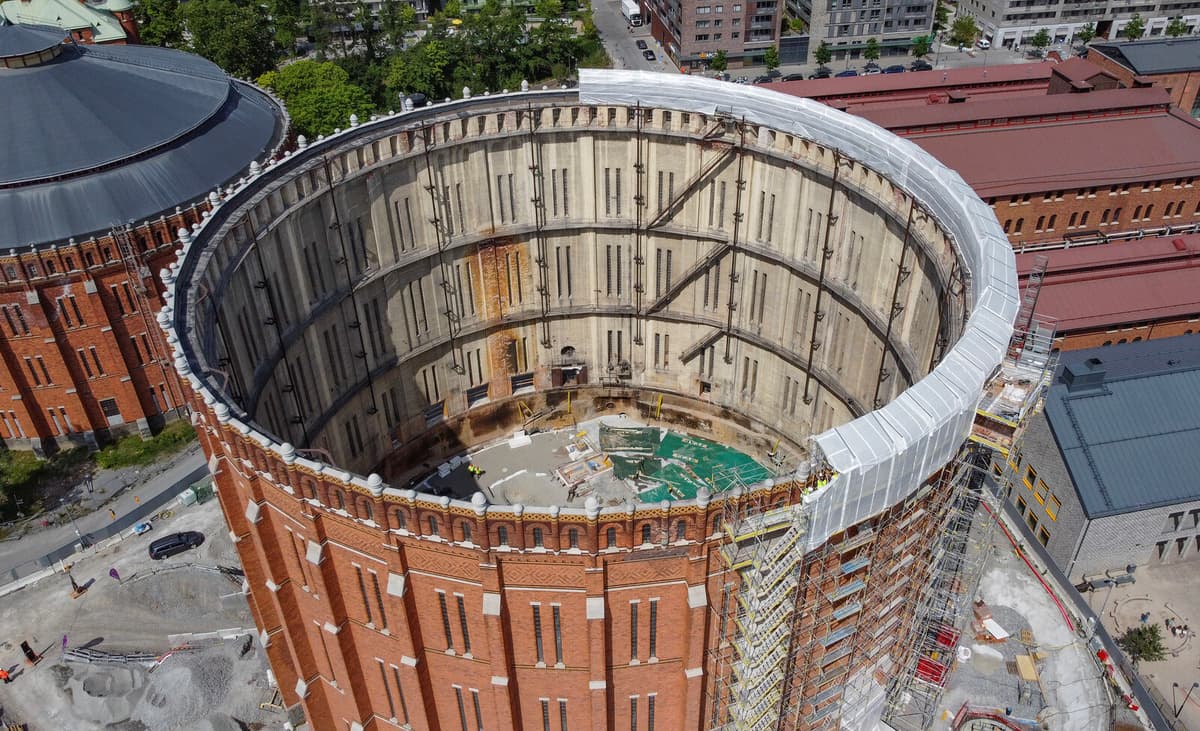The Opera is moving into Gasometer, as the stage is called, on February 1, 2027. By then, the building will be fully renovated.
It feels great. It's a spectacular new stage in an exciting new area of Stockholm. It feels stable, offensive, and fun, says the Opera's CEO Fredrik Lindgren.
Staff are positive
According to Lindgren, the news about the gasometer as the new home stage has been well received by the staff.
We believe that the slightly unusual and exciting framework will challenge us in new ways. This environment will likely inspire us to new formats, solutions, and expressions, and also attract both established and new audiences, he says.
The temporary stage, owned by the City of Stockholm, has room for 1,600 people in the audience, and with the move, the Opera will increase its capacity in the auditorium by nearly 30 percent compared to today. The fact that Gasometer is suitable for the Opera's activities is due to several parameters:
There is a sufficiently large stage and a sufficiently large orchestra pit. There are side rooms that are important for us to be able to perform large-scale opera and ballet, and there are conditions for good acoustics, says Lindgren.
Additional premises
The Opera will also need additional premises for administration, rehearsals, and other activities, but which ones they will be is not yet known. It is also unclear where the Royal Chapel will rehearse.
Young Opera will not be moving to the gasometer, but will meet its audience on other stages in the Stockholm area and around the country.
The Royal Opera in Stockholm will close for renovation on July 1, 2026, and will remain closed for five years. The renovation is estimated to cost 3.1 billion kronor.






